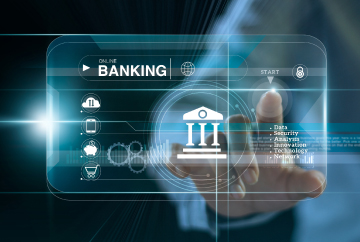The global pandemic triggered masses to opt-in for digital interactions out of necessity. The organizations which have had already laid a foundation of digitization, have added more value-technology to the work-stream. And the organizations which followed apprehensively are exposed to the gaps they need to bridge quickly to stay abreast of the technological advancement.
In the wake of the global pandemic, the banking industry has gone through prodigious digital changes. Financial institutions are rapidly adjusting to serve digitally and securely. Right from restrictive working hours at physical branches to banking digitally handling the massive online workload. Digital disruption in the banking industry is a byproduct of the demand in the customer expectations of a smooth journey across the touchpoints and supply of the technology advancements. Growing digital adoption, maturing customer expectations and improving financial awareness among rural population, conjugated with favourable regulatory frameworks, are providing strong transformation impetus to the Indian BFSI sector.
Fintech’s and big techs have streamlined the digital transformations for banks and the banking industry as they provided technologies that reduce friction in daily routine. Partnering with fintech will help organizations in the future as fintech firms are agile in their operational efficiency as they are not operating on legacy technologies. According to IDC, bank spending on consumer-facing technologies for branches and online services is forecast to grow; increasing from $31 billion in 2020 to $40 billion in 2024. The focus on niche technologies will help organizations to accommodate ever-changing transformation innovation. Growing investments in digitization, specifically AI, will play a key role in transforming the legacy systems and accelerating the shift towards BFSI models of the future.




